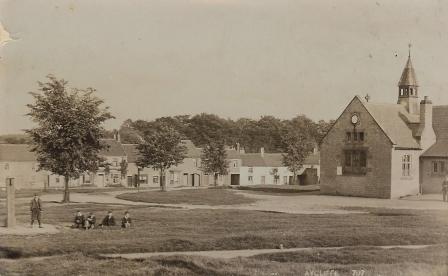 |
School Scandal |
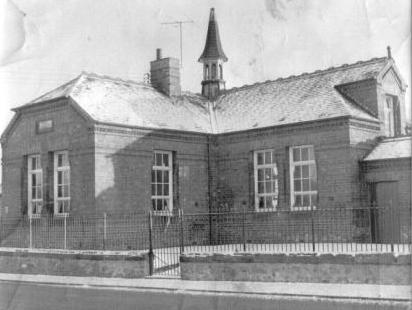 |
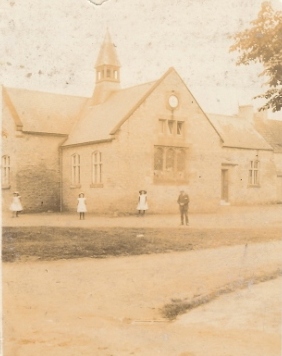 |
Education in Aycliffe Village And A Tale of Village Tyranny in 1894 by David Lewis We know from an undated memorandum in a parish register in the handwriting of the Rev. John Davie Eade, Vicar of Aycliffe from 1835-1880, that the school house at Aycliffe was built by subscription in 1745. William Bell in his will dated 28 th December 1809 and a codicil dated 15 th January 1810 left £100 to be invested in Government Securities. This investment paid a dividend of £3 18s. 2d yearly which was paid to the master of the school to instruct eight children nominated by the Vicar and Churchwardens, in reading, writing, and accounts at 3d per week each, which was half the ordinary charge. The following is an extract from a parish book 3 rd March 1811 “A Sunday School for the benefit of the poor of Great Aycliff and neighbourhood did this day commence to be under the direction and management of the Rev. the vicar of Aycliff for the time being, Nicholas Graham, churchwarden, and Matthew Henderson, householder in Great Aycliff, as trustee and stewards for the same”. The school was enlarged in 1813; and in 1817 the accounts showed that 45 children are educated at half price, their parents paying 3d per week. Of these children 6 were educated gratis in consideration of £3 per annum subscribed by a gentleman in the neighbourhood. £10 per annum was subscribed by the parish for the Sunday school. The salary of £10 a year is entered in the books as regularly paid to the schoolmaster, together with fees for free scholars. It would appear from the above records that in the early years of the nineteenth century a Sunday school and a day school were carried on in the same building at Great Aycliffe under the management of a co-opted committee of subscribers. This appears to have continued down to 1834 when Mr John Tweddle who was the master of the Sunday school and day school resigned. On the 23 rd December 1834 the Vicar, W S Temple and 22 others appointed Mr J Guy as Schoolmaster. He did not last long as church records show a new Schoolmaster was appointed in 1837 and the school was further extended. In 1854, the Rev. J D Eade, then vicar of Aycliffe, applied to the Dean and Chapter of Durham under the School Sites Act to have the whole of the school site and buildings to be conveyed to the vicar and churchwardens of Aycliffe as trustees for the “Aycliffe Parochial Church of England School” Accordingly, by deed dated 20 th July 1854, the Dean and Chapter of Durham voluntarily and without consideration conveyed to the Rev. John Davie Eade and eight other persons and their respective successors the land, upon trust for a school for the education of the labouring, manufacturing, and other poorer classes in the parish of Aycliffe, in the doctrine and principles of the Established Church. There was an appointment of a master in 1858, the circumstances of which are obscure. Save as to the appointment and dismissal of the schoolmaster, the vicar appears to have acted as the sole manager of the school down to 1870 whenthe Rev. J D Eade nominated a committee of management in order to meet the requirements of the Education Department. In 1875 and 1890 a house and further small parcels of land were added to the school site and the premises comprised in the several conveyances of 1854, 1875 and1890 were occupied by a mixed school of boys and girls, taught by a master appointed by the select vestry, and an infants school taught by a mistress appointed, it is stated by the vicar. The mixed school was chiefly, if not wholly, on the site conveyed in 1854, whilst the infants’ school; and the boys’ playground belonging both to the mixed school and the infants’ school occupied the sites conveyed in 1875 and 1890. The house comprised in the conveyance of 1875 was occupied by the master In May 1875 Mr Henry Thompson was appointed Master of the Aycliffe School, by Canon J D Eade, following the promotion of his predecessor (Mr Currie) to a good position in the Durham Training College. Mr Thompson accepted the post, starting work on 8 th August and for some years very cordial relations existed between all parties. During this period the Rev. Charles John Aylmer Eade (son of Canon Eade) was curate to his father. In 1880 Canon Eade resigned his living, and his son was inducted. No friction arose between the new vicar and the schoolmaster until the vicar married. In early 1887 the vicar married Constance Wilson in Hanover Square, London. The 1891 census shows them living in the Vicarage, Aycliffe Village with their two young sons, John and Charles. They employed a cook, housemaid, nurse and groom. Mrs Eade is not a manager of the schools nor has she ever been; but shortly after her appearance in the village, she took upon herself to interfere with its internal affairs. So began The Battle of Aycliffe a tale of village tyranny. The vicar took his new wife to meet the schoolmaster. It was break time. There were a couple of children in detention. “You must send them out” said Mrs Eade, who had no educational experience, to the headteacher of ten years’ standing. “Oh, yes, Mr Thompson” said the vicar. “You must send them out. Mrs Eade says so”. A little while later Mr Thompson was so engrossed in his work, he forgot to ring the school bell until five minutes after the appointed hour. Mrs Eade in the vicarage was outraged. She sent the vicar over to remonstrate. Rev. Eade said “Mrs Eade will have punctuality in her house and in all who serve her”. Then about 1892 the vicar caught Mr Thompson’s son “opening his eyes” during Sunday prayers. The vicar ordered that the boy be reprimanded so Mr Thompson desperate to keep the peace publicly marched the boy home across the green to their home. Rumour raged like wildfire about how Mr Thompson had been compelled by the vicar to inflict serious punishment upon his own son for a trivial offence. The rumour reached the vicar’s ear. He summoned the teacher to the vicarage. “If ever you annoy me again, you go,” he said. “Do you understand me? You go.” The final annoyance happened on 10 th August 1894. Friday night. The teacher and his sons were heading to Darlington along the Great North road in their pony and trap. Coming home from Darlington were the vicar and his wife. In passing they waved. Abruptly, the vicar turned his horse around and pursued the teacher. “Why are you and your boys hurrying away from choir practise when Mrs Eade and I are hurrying to it?” shouted Rev. Eade. As it was holiday time and the Thompson’s were going to miss Sunday’s service, Henry Thompson thought they would skip the practise as well. “You Mr Thompson are the parish schoolmaster, and you set a bad example,” bellowed the vicar. Next morning at 10am, a letter was hand delivered to Henry. “It is with great regret, and after many months of consideration, that I now write to carry out my threat of some years ago, when I stated at length my complaints which have not been given up but rather increased, and I now give you notice that your work will cease on November 11, 1894” read the letter from the peeved vicar. A petition rattled round the saying Mr Thompson had been sacked “ignominiously and without valid cause” and demanding his reinstatement. It was signed by 162 parents representing 449 children. The National Union of Teachers took up the cause. It alleged that the vicar was unable to account for some money in the school budget, and the dismissal was illegal. To counter the second allegation the vicar called the first meeting of the school’s managers in 20 years on August 27 th. It was held in the vestry and was attended by the vicar, his churchwarden (Mr Baker), George Chapman (a councillor who had refused to sign off the school accounts some years earlier, much to the vicar’s annoyance) and John Henderson. A new minute book recorded that Rev Eade and Mr Baker voted in favour of the sacking of Mr Thompson. Mr Chapman and Mr Henderson merely acted as amused onlookers and so the teacher received a second notice of dismissal. The Bishop of Durham half heartedly tried to arbitrate and on November 5 th , Rev Eade invited the overseers of Aycliffe, Brafferton, Preston le Skerne and Woodham, plus the churchwardens, to another meeting the vestry. He called these people the “trustees” of the school, and they agreed to send Mr Thompson another notice of dismissal – his third. Friday, February 8, 1895 was his last day. He wrote to all parents saying that if the vicar refused to allow him into the school on Monday he had set up with much assistance from the NUT a temporary classroom in a large room behind the County Hotel. “In this time of trouble I rely on your moral support and kindly sympathy which, for the present can be best shown by your continuing to place your children under my care” he wrote. That snowy evening, Herbert Flowers arrived at Aycliffe station. The vicar had offered him the headship of the school to replace the sacked Mr Thompson. “He was met with a warm, but by no means encouraging, greeting from a number of the villagers, old and young, who had congregated to receive him,” reported the Northern Echo. “On alighting from the train he was assailed with groans, derisive cheers, and hooting, and on his way to his house he was the mark at which numerous snowballs were hurled by the juveniles amongst the crowd” Monday, February 11, dawned with the whole village encamped on the wintery green awaiting the showdown. Mr Flowers was the first to show, greeted by hoots and shouts of “blackleg”. “Walking rapidly with a jaunty air and would be careless smile, he passed through the excited throng unimpeded, only to find the main door locked and entrance impracticable,” reported The Echo. Enter the vicar and his solicitor, Mr E E Meek of Darlington. They “were also assailed with jeers, hoots and other unequivocal marks of general disfavour”. The vicar unlocked the door and, with Mr Flowers disappeared inside. Enter Mr Thompson. “The old and esteemed schoolmaster was cheered again and again as he crossed from his house to the school, at the door of which he was confronted by Mr Meek who informed him that “the committee did not require his services’ any longer” reported the Echo. “After a brief colloquy, Mr Thompson faced about and, addressing the assembly of villagers, said: “This gentleman has been sent for the purpose of preventing my entrance, and you see that I am forcibly prevented from obtaining entrance this morning.” Someone found a sleigh. Mr Thompson was invited to seat himself in this conveyance and was hauled rapidly to the temporary premises said The Echo. With few exceptions, the whole of the scholars, numbering over 70, and many adults followed the sleigh. There were only 15 pupils rattling around in the vicar’s school which had room for 250. Mr Thompson must have thought he had won the battle. The “Trustees” regrouped and reinstated him, and the Charity Commissioners investigated and awarded him £100 for unfair dismissal. The vicar though was not defeated. After a year without hostilities, Rev Eade formed a new group of “school managers” who summoned Mr Thompson to a meeting. They offered him £66 6s 1/2d in compensation, gave him a fourth notice of dismissal and told him to quit the schoolhouse forthwith. This time, Mr Thompson set up school in the Wesleyan Chapel on the green. 97 children were present on the opening day with 109 on the register. Poor old Mr Flowers received yet more hooting as he took over at the church school teaching on average no more than thirty. Mr Thompson’s supporters, egged on by the National Union of Teachers, realised rapprochement was impossible and in April 1897 began collecting to build a new school. Councillor George Chapman immediately offered a piece of land fronting the Great North Road and farmers started carting 80,000 bricks free of charge. The estimated building cost was £700 The Aycliffe Diamond Jubilee School was formally opened on April18, 1898 with 122 pupils, amid great celebrations and great words. Mr C J Addiscott, President of NUT, said the people of Aycliffe “had given a lesson to the country which he ventured to say would not be lost for some time. Aycliffe had shown the world it would stand no hole-and-corner business”. So this little village had two schools. The vicar’s struggled on until the 1920s and was demolished in the 1950s. Mr Thompson’s thrived. It survived his death in1914, and lasted until 1970 when the current school was built behind it. Since 1970, the Aycliffe Diamond Jubilee School building has been the Village Hall and the meeting place of Aycliffe Village Local History Society. With acknowledgement to Chris Lloyd, Deputy Editor, The Northern Echo for his article dated Wednesday, September 6, 2006 which chronicled The Battle of Aycliffe, to a booklet published by the National Union of Teachers dated December 1894, titled “A Tale of Village Tyranny in1894” and articles appearing in “The Schoolmaster” between 1895 and 1898. David Lewis
Ps The door to the new school was opened by a Miss Chapman with a silver key, beautifully engraved, and bore the following inscription. “Presented to Miss Chapman on the occasion of her Opening the School, 25 th March 1898.” On the reverse side is inscribed:- The Aycliffe Diamond Jubilee Schools, built by public subscription.”
If anyone knows of the whereabouts of the key we would be pleased to hear from you. Email
|
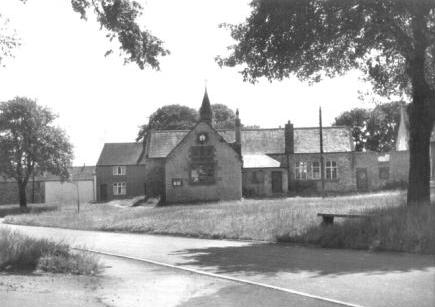 |
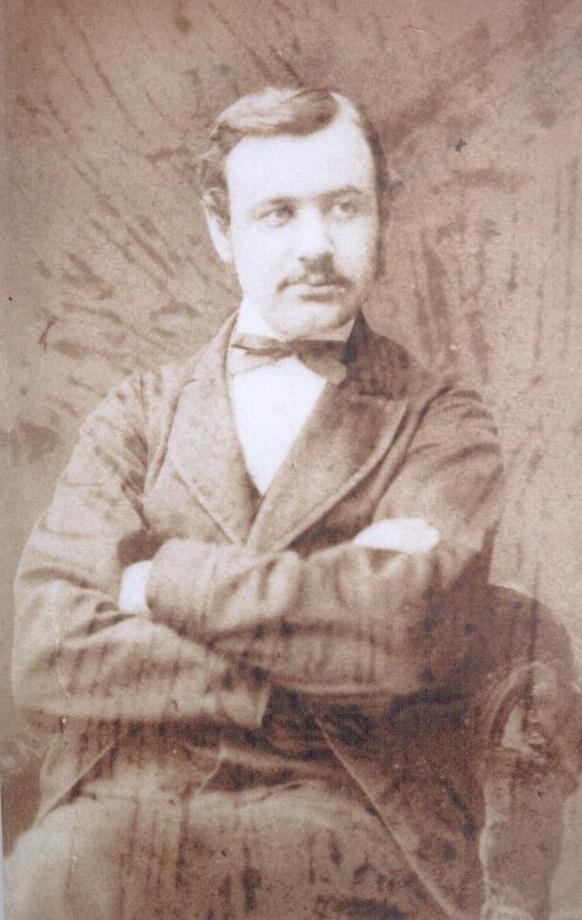 |
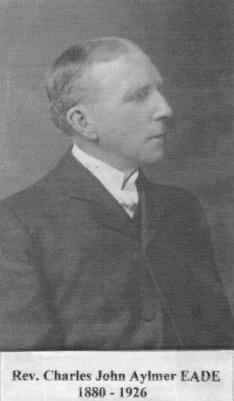 |
|